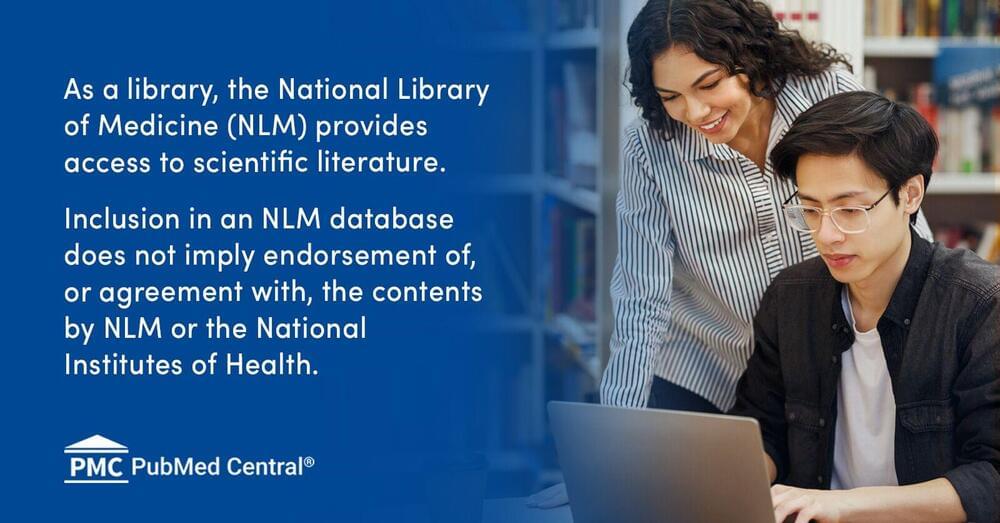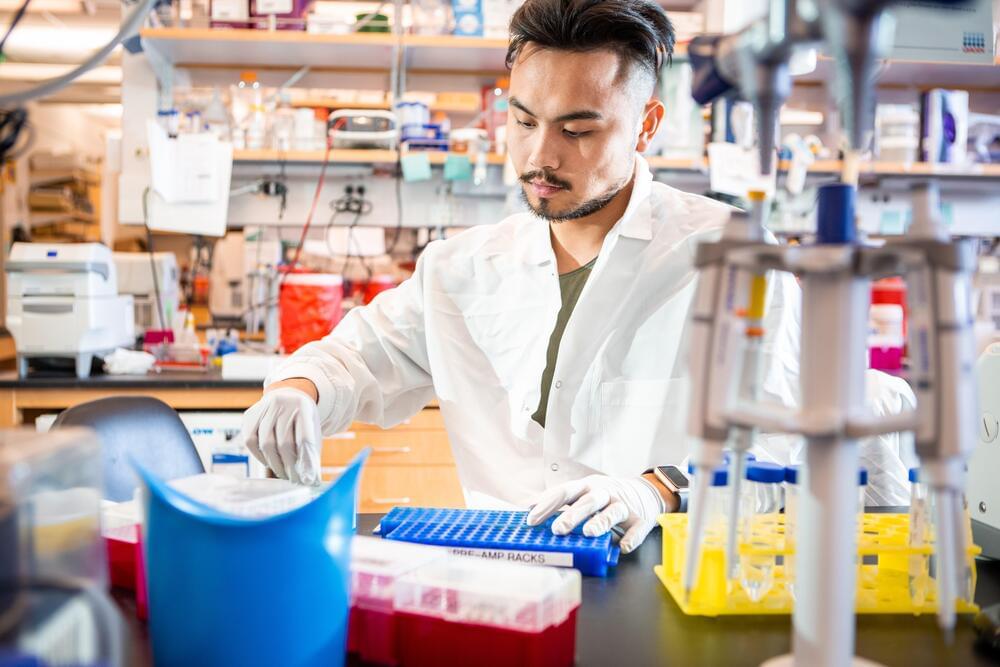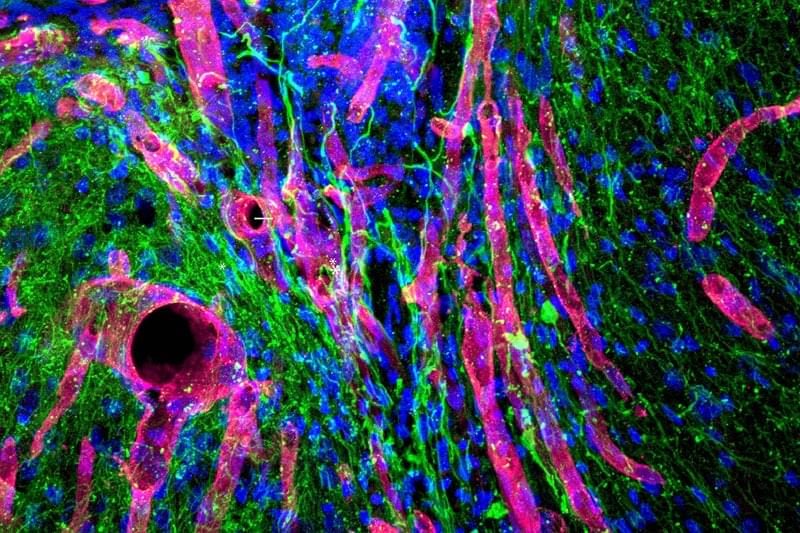Quantum computing is drawing more attention now than generative AI did before ChatGPT’s release. This sparks big questions about what QC could achieve in 2025.



Patients suffering from diseased and injured organs are often treated with transplanted organs, and this treatment has been in use for over 50 years. In 1955, the kidney became the first entire organ to be replaced in a human, when Murray transplanted this organ between identical twins. Several years later, Murray performed an allogeneic kidney transplant from a non-genetically identical patient into another. This transplant, which overcame the immunologic barrier, marked a new era in medicine and opened the door for use of transplantation as a means of therapy for different organ systems.
As modern medicine increases the human lifespan, the aging population grows, and the need for donor organs grows with it, because aging organs are generally more prone to failure. However, there is now a critical shortage of donor organs, and many patients in need of organs will die while waiting for transplants. In addition, even if an organ becomes available, rejection of organs is still a major problem in transplant patients despite improvements in the methods used for immunosuppression following the transplant procedure. Even if rejection does not occur, the need for lifelong use of immunosuppressive medications leads to a number of complications in these patients.
These problems have led physicians and scientists to look to new fields for alternatives to organ transplantation. In the 1960s, a natural evolution occurred in which researchers began to combine new devices and materials sciences with cell biology, and a new field that is now termed tissue engineering was born. As more scientists from different fields came together with the common goal of tissue replacement, the field of tissue engineering became more formally established. Tissue engineering is now defined as an interdisciplinary field which applies the principles of engineering and life sciences towards the development of biological substitutes that aim to maintain, restore or improve tissue function.

Neural tissue engineering is premised on the integration of engineered living tissue with the host nervous system to directly restore lost function or to augment regenerative capacity following nervous system injury or neurodegenerative disease. Disconnection of axon pathways – the long-distance fibers connecting specialized regions of the central nervous system or relaying peripheral signals – is a common feature of many neurological disorders and injury. However, functional axonal regeneration rarely occurs due to extreme distances to targets, absence of directed guidance, and the presence of inhibitory factors in the central nervous system, resulting in devastating effects on cognitive and sensorimotor function.

In recent years, biomedical devices have proven to be able to target also different neurological disorders. Given the rapid ageing of the population and the increase of invalidating diseases affecting the central nervous system, there is a growing demand for biomedical devices of immediate clinical use. However, to reach useful therapeutic results, these tools need a multidisciplinary approach and a continuous dialogue between neuroscience and engineering, a field that is named neuroengineering. This is because it is fundamental to understand how to read and perturb the neural code in order to produce a significant clinical outcome.

Researchers at the Eli and Edythe Broad Center of Regenerative Medicine and Stem Cell Research at UCLA have developed brain organoids — 3D, brain-like structures grown from human stem cells — that show organized waves of activity similar to those found in living human brains.
Then, while studying organoids grown from stem cells derived from patients with the neurological disorder Rett syndrome, the scientists were able to observe patterns of electrical activity resembling seizures, a hallmark of the condition.
The study, published today in the journal Nature Neuroscience, broadens the list of brain conditions that can be studied in organoids and further illustrates the value of these human cell–based models in investigating the underlying causes of diseases and testing potential therapies.

Bioengineers apply engineering and design principles to develop innovative solutions for biological and medical problems. Our researchers are creating tools and technologies to eliminate bottlenecks and reduce the time it takes for discoveries in stem cell research to reach the clinic as life-saving therapies. This includes everything from creating biodegradable scaffolds that can help stem cells Cells that have the ability to differentiate into multiple types of cells and make an unlimited number of copies of themselves. stem cells Cells that have the ability to differentiate into multiple types of cells and make an unlimited number of copies of themselves. regenerate damaged tissue to engineering materials that can make the immune-boosting effects of vaccines last longer.
Nanotechnology is the field of science focused on creating and manipulating structures and materials at the nanometer scale (one billionth of a meter). The application of nanotechnology in medicine recreates the natural scale of biological phenomena, enabling more precise and less invasive approaches for preventing, diagnosing and treating disease. Together with scientists from the California NanoSystems Institute at UCLA, our researchers are creating nanomaterials that enable targeted drug and gene delivery, more efficient production of cells for use as therapies and better models of human disease. Because nanotechnology-based methods enhance efficiency, require less material and use up less space, they can offer low cost, high-accuracy solutions for the study, diagnosis and treatment of disease.
By leveraging the combined strengths of nanotechnology and bioengineering, our researchers are accelerating the development of more effective and affordable stem cell-based therapies for a host of intractable medical conditions.

A new stroke-healing gel created by UCLA researchers helped regrow neurons and blood vessels in mice whose brains had been damaged by strokes. The finding is reported May 21 in Nature Materials.
“We tested this in laboratory mice to determine if it would repair the brain and lead to recovery in a model of stroke,” said Dr. S. Thomas Carmichael, professor of neurology at the David Geffen School of Medicine at UCLA and co-director of the Eli and Edythe Broad Center of Regenerative Medicine and Stem Cell Research. “The study indicated that new brain tissue can be regenerated in what was previously just an inactive brain scar after stroke.”
The results suggest that such an approach could some day be used to treat people who have had a stroke, said Tatiana Segura, a former professor of chemical and biomolecular engineering at UCLA who collaborated on the research. Segura is now a professor at Duke University.

Brain cells receive sensory inputs from the outside world and send signals throughout the body telling organs and muscles what to do. Although neurons comprise only 10% of brain cells, their functional and genomic integrity must be maintained over a lifetime. Most dividing cells in the body have well-defined checkpoint mechanisms to sense and correct DNA damage during DNA replication.
Neurons, however, do not divide. For this reason, they are at greater risk of accumulating damage and must develop alternative repair pathways to avoid dysfunction. Scientists do not understand how neuronal DNA damage is controlled in the absence of replication checkpoints.
A recent study led by Cynthia McMurray and Aris Polyzos in Lawrence Berkeley National Laboratory’s (Berkeley Lab’s) Molecular Biophysics and Integrated Bioimaging Division addressed this knowledge gap, shedding light on how DNA damage and repair occur in the brain. Their results suggest that DNA damage itself serves as the checkpoint, limiting the accumulation of genomic errors in cells during natural aging.

This video provides a progress update on cutting-edge research exploring epigenetic reprogramming and small molecule cocktails for cellular rejuvenation.
Dr David Sinclair delve into the latest studies on how these approaches can potentially reverse the effects of aging at the cellular level. Topics covered include:
• The mechanisms of epigenetic reprogramming using Yamanaka factors. The development and testing of novel small molecule cocktails. Applications in various tissues and organs Research on reversing cellular senescence and restoring cell identity. The use of AI for high-throughput screening of potential rejuvenating compounds.
This update highlights recent advancements, challenges, and future directions in this exciting field of research.
* Credits to ARRD \& Dr David Sinclair*
Please note that the links below are affiliate links, so we receive a small commission when you purchase a product through the links. Thank you for your support!
=*=*=*=*=*=*=*=*=*=*=*=*=*=*=*=*=*=*=*=*=*=*=*=*=*=*=*=*=*=*=*=*=*=
☑ ProHealth, RENUE, DoNotAge, StemRegen, N1O1, NOVOS ☑ Coupon CODE: REVERSE